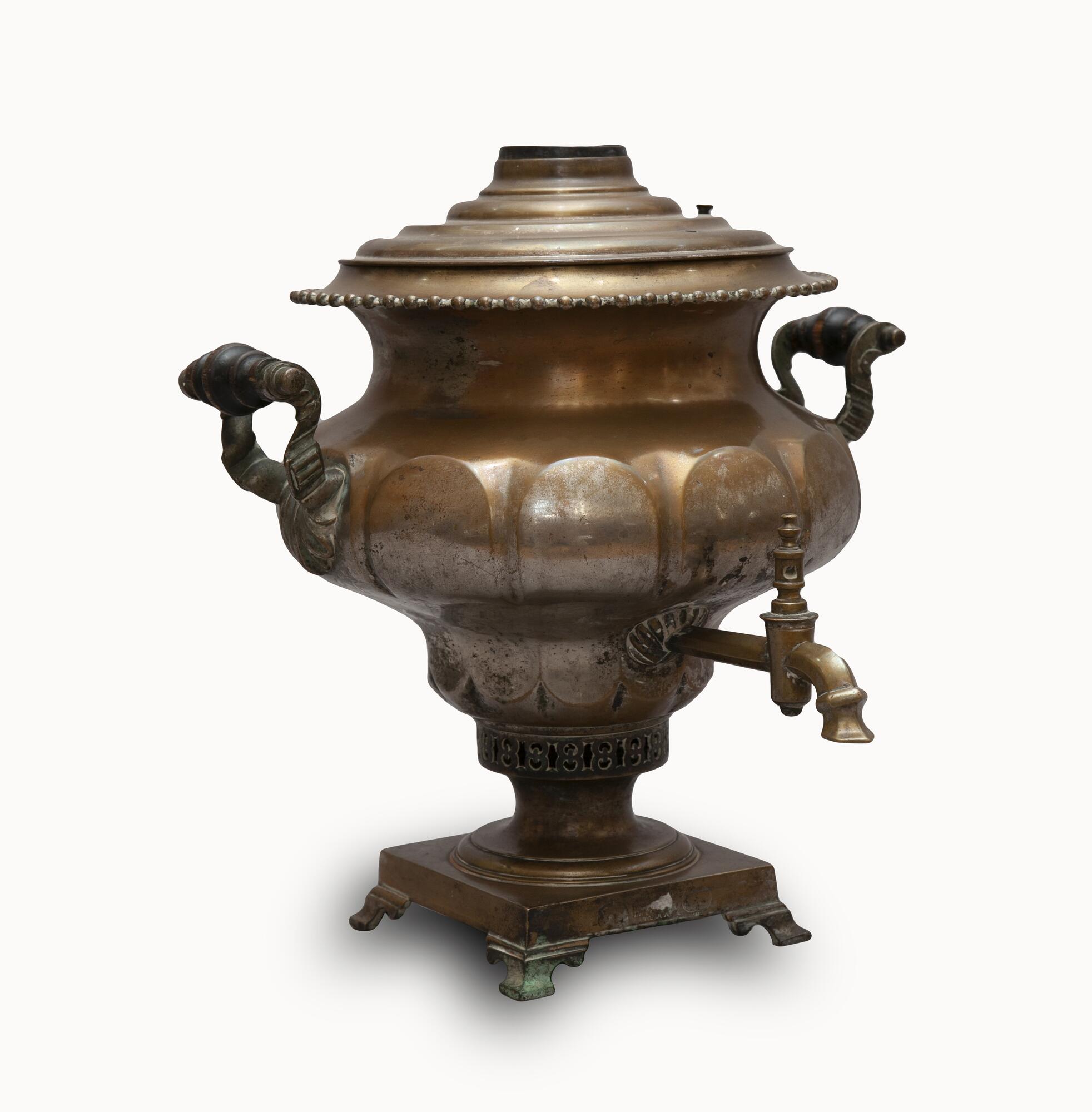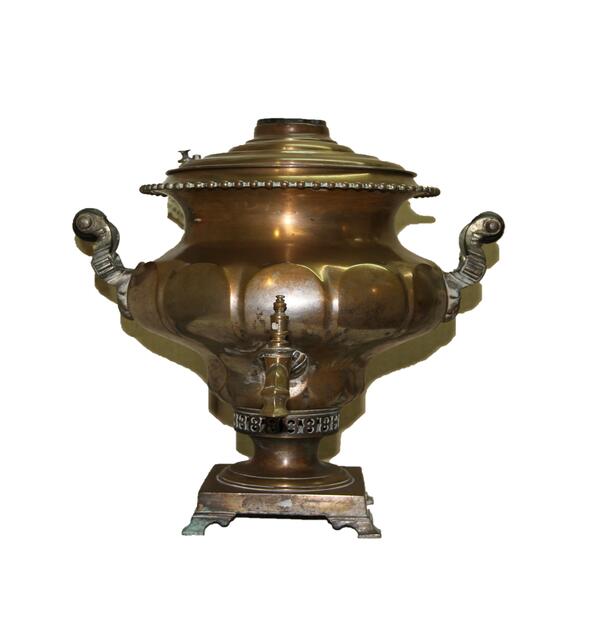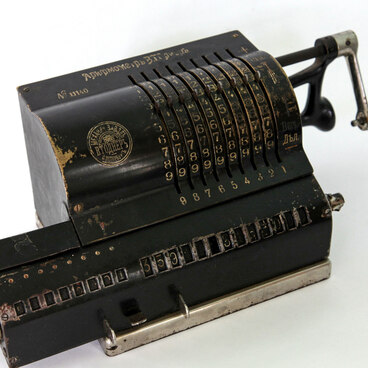The samovar has been a symbol of Russian hospitality and folk culture for centuries. It appeared in Russia in the first half of the 18th century and very soon became an integral part of tea-drinking traditions.
This can be explained by the fact that the culture of tea consumption itself strengthened in the 18th century. It was then that mass production of Ivan Chai began in Koporye as an alternative to the more expensive product, which was imported from China.
Making samovars was a rather labor-intensive process, in different periods this tea ware was made of different metals. Craftsmen used copper, cupronickel and, later, brass. The more advanced nickel samovars did not develop a patina.
There was a great variety of samovars in form and size. There were more than 150 kinds of them in Tula alone. The most popular were jar-shaped or more elegant, vase-shaped samovars, as well as those of ovoid shape. There were also rectangular, polyhedral and cubic items.
The cost of samovars, as well as the lifestyle of their major buyers — noblemen who traveled between capitals and estates, or merchants — influenced the advent of the small travel samovar for one glass. The legs of these “travel” devices were often made removable.
The most common samovars had a capacity of 3 to 8 liters, and also 12 to 14 liters. The price depended not on the capacity, but on the weight: the heavier it was, the more it cost. The samovars that were produced in the town of Tula were very popular. It was here that one of the first factories was opened, after Ivan Fedorovich Lisitsyn and his brother Nazar had submitted a petition for that in 1778. Their products were in great demand, the Lisitsyns’ samovars were even supplied to the cities of Central Asia.
The samovars proved popular because they were very handy for boiling water, which would not cool down for a long time afterwards. “The kings of the tableware”, or “table generals” as they were called, were always in the most honorable place, in the center of the table. The samovars were handed down from generation to generation as heirlooms, given as part of a dowry.
This can be explained by the fact that the culture of tea consumption itself strengthened in the 18th century. It was then that mass production of Ivan Chai began in Koporye as an alternative to the more expensive product, which was imported from China.
Making samovars was a rather labor-intensive process, in different periods this tea ware was made of different metals. Craftsmen used copper, cupronickel and, later, brass. The more advanced nickel samovars did not develop a patina.
There was a great variety of samovars in form and size. There were more than 150 kinds of them in Tula alone. The most popular were jar-shaped or more elegant, vase-shaped samovars, as well as those of ovoid shape. There were also rectangular, polyhedral and cubic items.
The cost of samovars, as well as the lifestyle of their major buyers — noblemen who traveled between capitals and estates, or merchants — influenced the advent of the small travel samovar for one glass. The legs of these “travel” devices were often made removable.
The most common samovars had a capacity of 3 to 8 liters, and also 12 to 14 liters. The price depended not on the capacity, but on the weight: the heavier it was, the more it cost. The samovars that were produced in the town of Tula were very popular. It was here that one of the first factories was opened, after Ivan Fedorovich Lisitsyn and his brother Nazar had submitted a petition for that in 1778. Their products were in great demand, the Lisitsyns’ samovars were even supplied to the cities of Central Asia.
The samovars proved popular because they were very handy for boiling water, which would not cool down for a long time afterwards. “The kings of the tableware”, or “table generals” as they were called, were always in the most honorable place, in the center of the table. The samovars were handed down from generation to generation as heirlooms, given as part of a dowry.



